Gunung Kawi Temple in Bali is no doubt different from most temples in general. All thanks to the 7-meter rock-cut shrines carved in the face of a towering cliff! No wonder Gunung Kawi Temple becomes a must-visit when everyone lands in Bali. Even Barrack Obama also chose to visit this temple back in 2017 during his family trip.
Many believe that the temples date back to the 11th century. And it was discovered in 1920, hundred years later by a Dutch researcher, H.T. Damste.
Situated in the river valley, it should be no surprise that the path down offers a magnificent view of nature’s luxury. There are more than 300 stairs anyone needs to walk through before entering the mystical complex. However, the beautiful sight of forests and rice terraces will make the effort worth it. Let’s explore more about Gunung Kawi Temple starting from here.
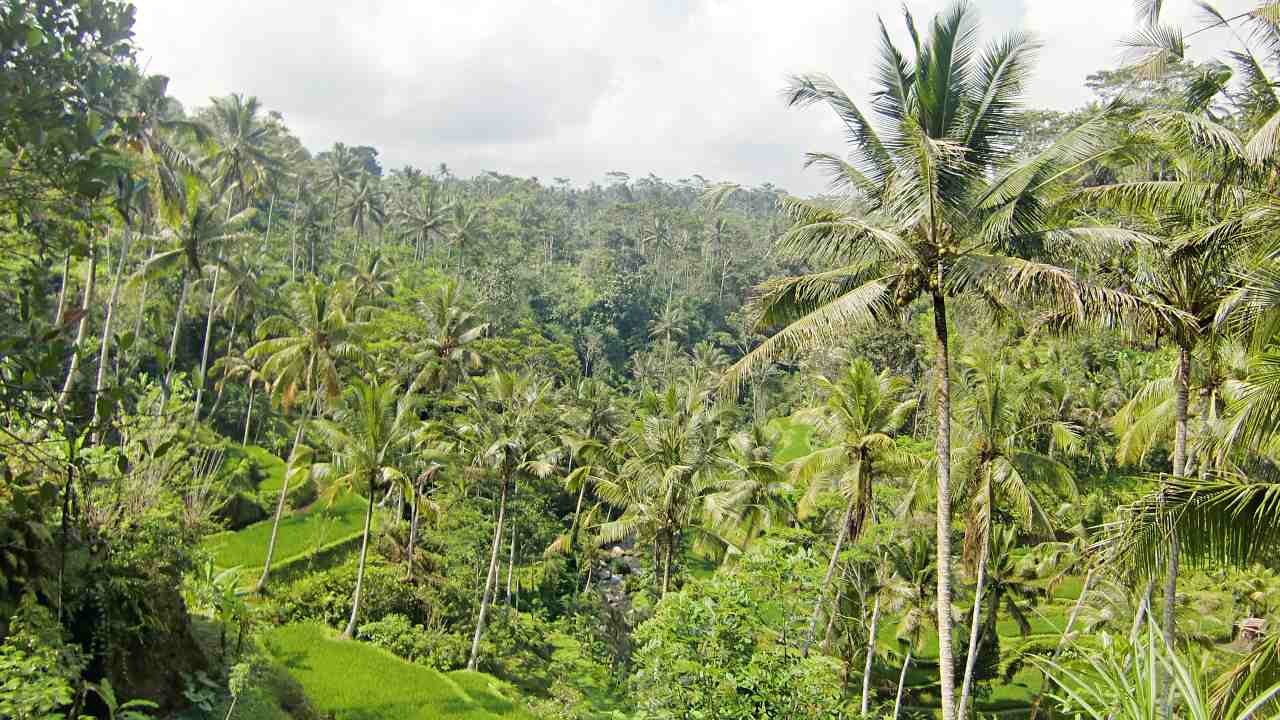
Gunung Kawi Temple Entrance Fee
The entrance fee for international tourists is Rp50.000 for adults and Rp25.000 for children. The fee includes sarong rent provided for each guest at the entrance gate.
| Gunung Kawi Temple Entrance Fee | |
| Children | Rp25.000 |
| Adult | Rp50.000 |
| Parking fee | Rp2.000 (scooter) / Rp5.000 (car) |
Read: Guide To Explore Tegalalang Rice Terrace & Top Activities.
Gunung Kawi Temple Opening Hours
Gunung Kawi Temple is open every day from 8 AM to 6 PM. To get the best experience, visit in the morning when the air is fresh. Besides the site is not crowded in the early hours.
| Gunung Kawi Temple Opening Hours | |
| Monday-Sunday | 08:00 – 18:00 WITA |
Nearby: Tirta Empul Temple Guide, Holy Water Pool & Ritual.
Massive Carved Temples in Gunung Kawi Temple
Tale says that King Anak Wungsu was the one who built the temples. He made it as a tribute to his father, King Udayana, and the whole Warmadewa dynasty. In total, he made ten temples that are spread across three complexes–east, west, and south.
The east and west parts are divided by the holy Pakerisan river facing each other. Meanwhile, the south area separates itself from the Bukit Gundul area about 500 meters away from the west. The shrines in the east and west areas are the highlights. Where King Udayana and his family’s shrines dominate the east, thus turning it into the main area.
The first distinctive to notice is how the temples are placed in niches to avoid erosion. Other than that, the structure is different from most Balinese temples. As the maker, King Anak Wungsu put a lot more Java characteristics to it.
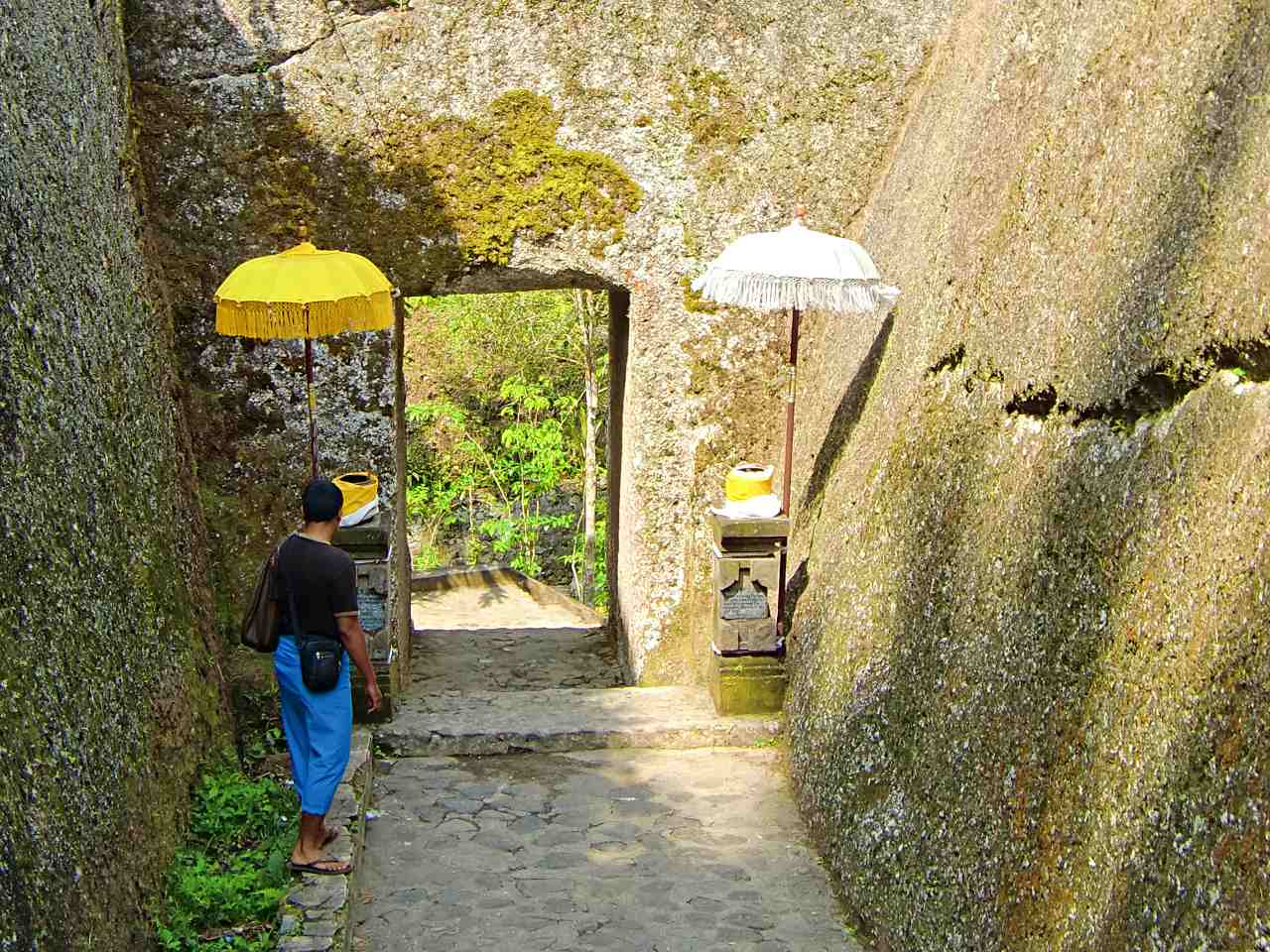
Meditation Site
Rock-cut temples might be the main attraction, but there is more to explore. In the west area, there is a vihara carved inside the cliff’s surface with cubicles inside. Where Buddhist monks used to meditate inside to seek enlightenment.
There is nothing but windows and holes in the ceiling to circulate the air. Putting the remains together seems it was one of the reasons why the vibe is sacred to this day.
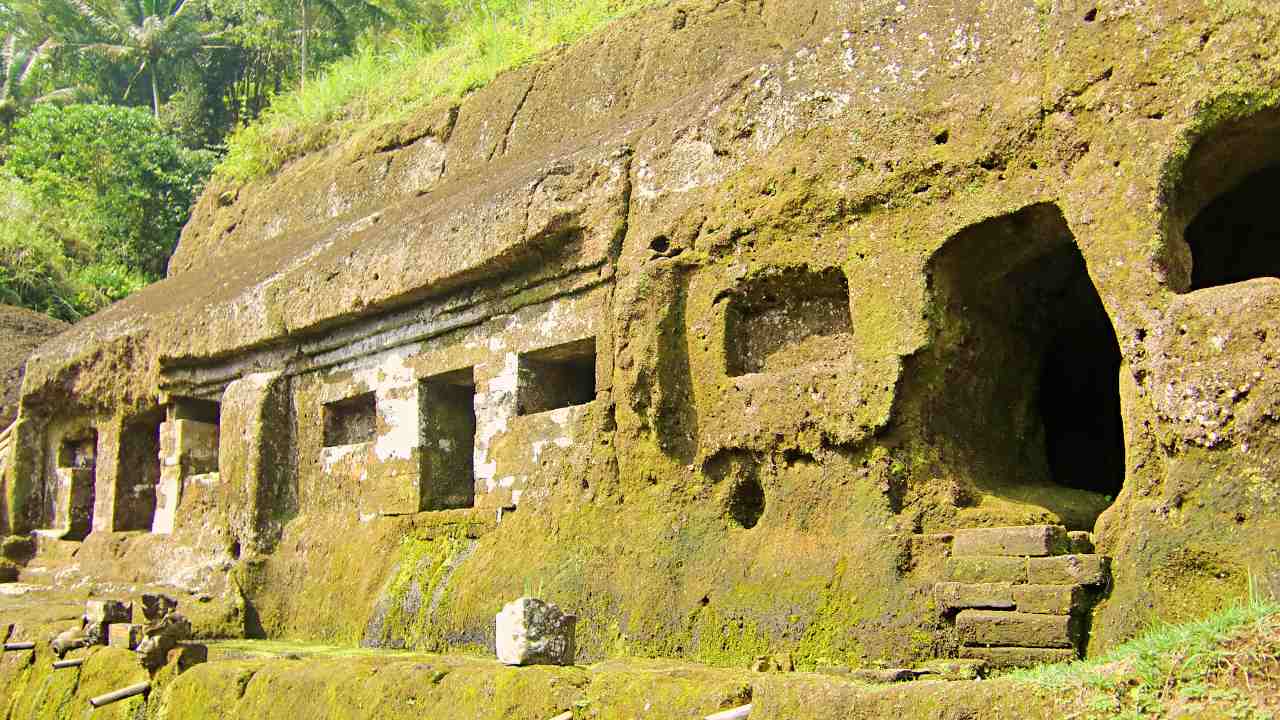
Right across the river, there is a temple the locals refer as Pura Gunung Kawi. Unlike the main shrines, it showcases a typical Balinese temple courtyard with shrines surrounding the bale or main pavilion.
The site vibe is still pretty much alive. The locals still use it as a place for daily prayers and put offerings. The sight of locals carrying tall, heavy offerings over their heads is a day-to-day sight.
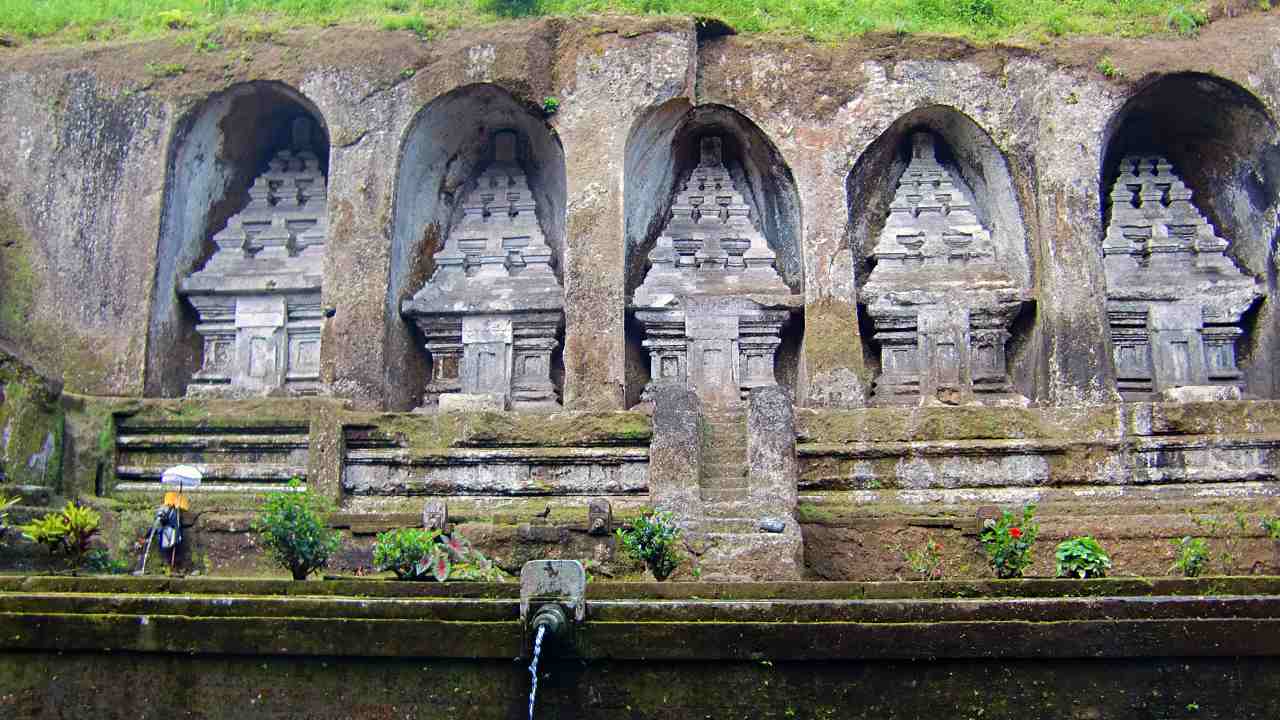
When exploring the area, discover the temple’s mini waterfall. It hides in the opposite direction of the temple’s main site. Somewhere close to the temple in the south. To get to the waterworks, people should walk through bush trees away from the crowd. Making it a perfect place for guests who wish to breathe and enjoy silence.
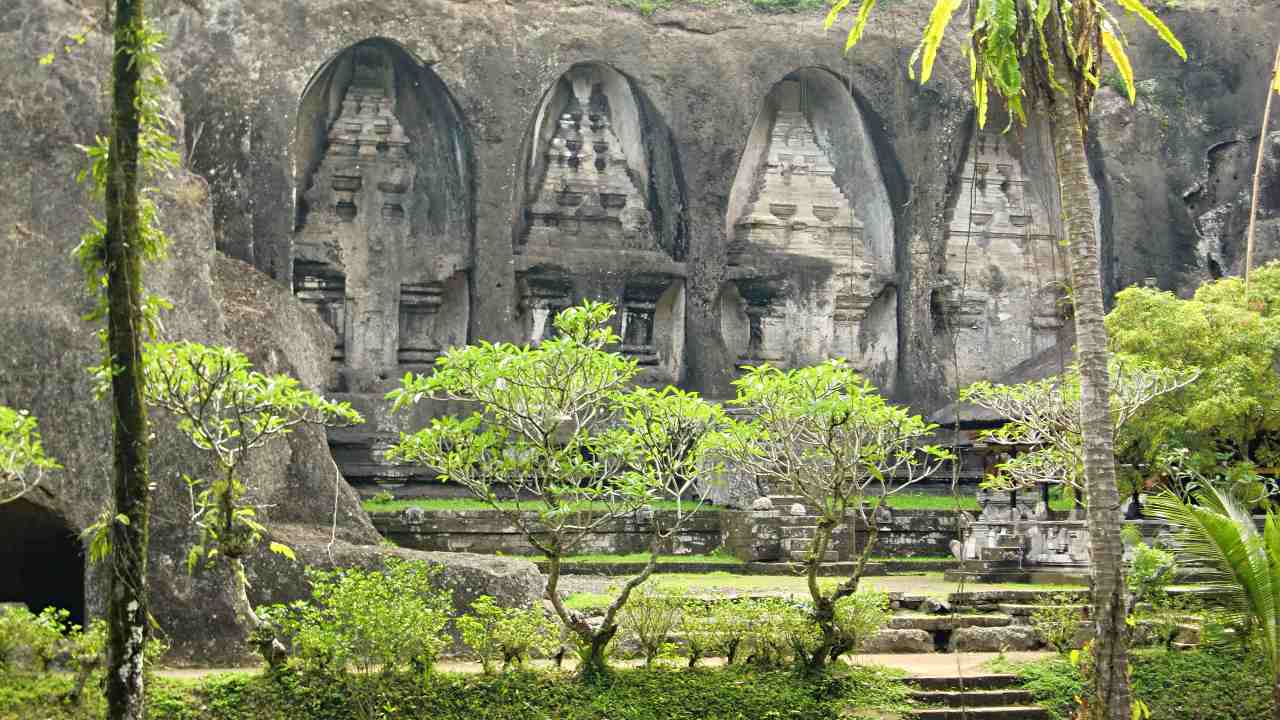
Ritual in Gunung Kawi Temple
Behind the massive archeological discovery, there lies solid sacredness and spiritual values. History even tells that the great King Udayana’s ash was there buried inside the land. That adds mystical value to Gunung Kawi Temple one of the most sacred temples in Bali. For that reason, locals regularly hold rituals, ceremonies, and festivals in this place.
The most anticipated ceremony is Piodalan, the annual celebration of the holy site. Locals hold it once every year on the third full moon of the Balinese calendar. On this day, festive decorations will beautify each corner of the temple’s area.
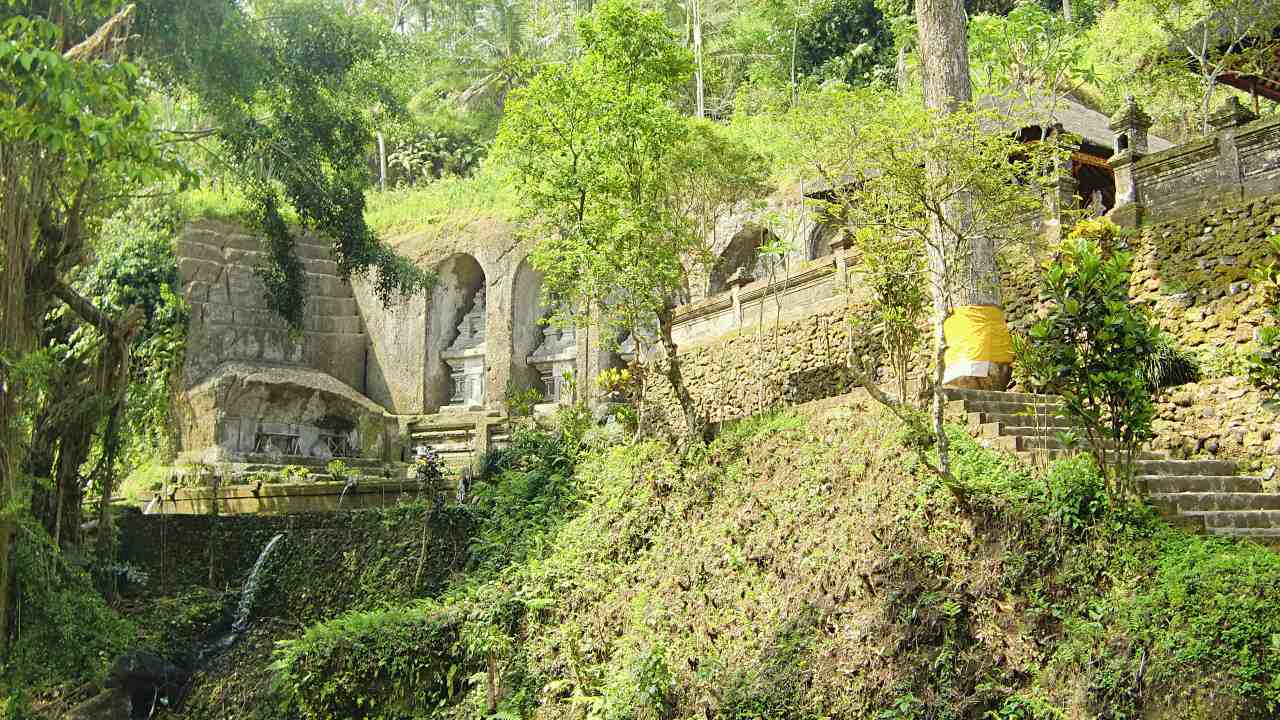
Historical Tour in Gunung Kawi Temple
The valuable history of Gunung Kawi Temple is not something everyone should miss. There are many stories and beliefs to discover inside. From the beginning of the empire story, to what it becomes.
To travelers’ rescue, tour guides are always around to help. The locals are properly provided with a great historical background to tell. Booking a personal tour service with a fixed price prior to arrival can be a convenient option.
However, there are also tour guides to hire at the site’s entrance. There is no certain price range to it. But most pay Rp100.000 for a group. Be sure to agree on a price first before the tour to avoid any inconvenience later.
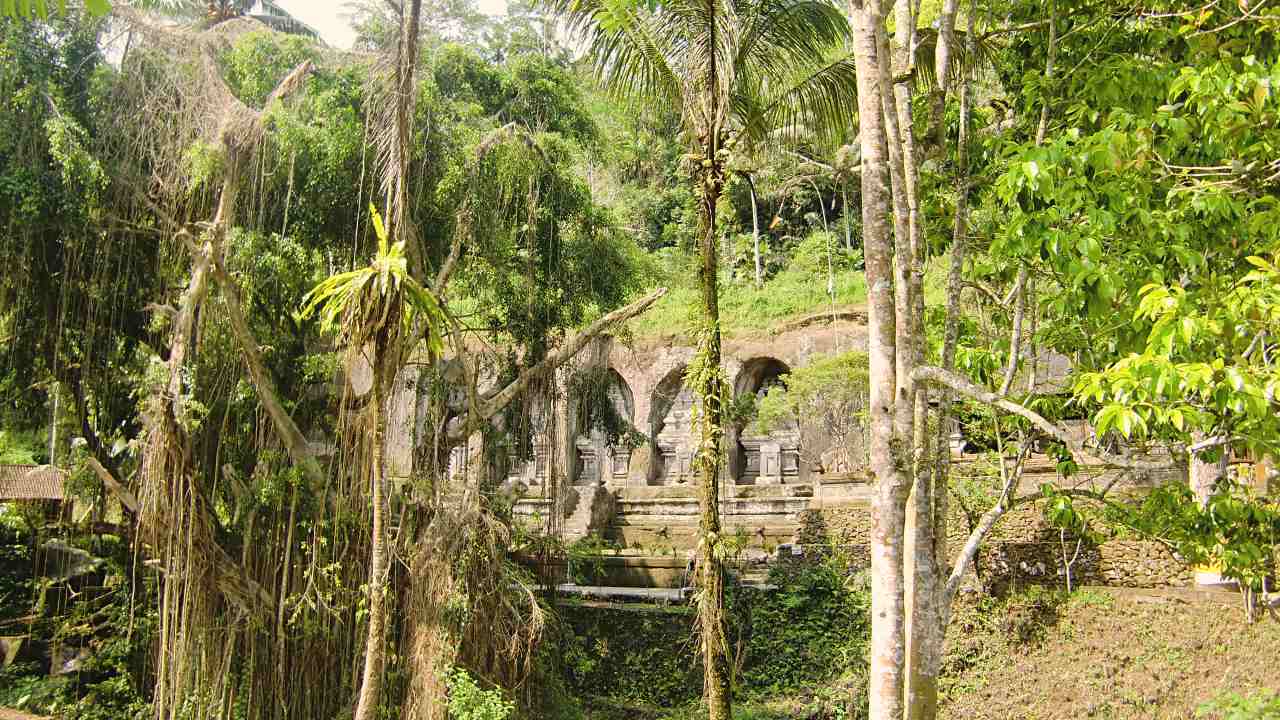
Swing to Majestic View of Gunung Kawi Temple
The main areas alone are indeed enough to explore. But travelers should enjoy the iconic Ubud’s greeneries too. It works wonders how a picturesque green sight can do so much to the mind. Hence, to help visitors appreciate it better, this place recently opens a swing service. That allows anyone to swing into the overlay of rice terraces and forests.

Those who do not favor extreme activity should be at peace. A seat belt complements the classic swing for all riders’ safety. Honestly speaking, the Bali swing is the most wanted experience travelers look for when on the island. Therefore, it is safe to say not to miss this experience for good.
See: Guide To Explore Kintamani Top Attractions & Lake Batur.
Facilities
As applied in most Balinese sacred places, visitors should wear proper attire to enter. With most travelers coming in summer pieces, temple visitors will be provided sarong at the entrance. Lastly, please note that women or periods are not allowed to enter the area.
On the way down to Gunung Kawi Temple’s main area, visitors will find souvenir shops that sell Balinese art crafts. Somewhere in between, there are also restaurants or food stalls to stop by. The most essential facility, which is the toilet, is available in the area. Therefore, travelers can wander around comfortably.
See: Prepaid SIM Card for Tourists, Price & Where To Buy.
How To Get To Gunung Kawi Temple
Being in Ubud, there are not many public transportations to use. Most travelers have to take a taxi, rent a car, or simply walk from site to site. Getting to Gunung Kawi Temple from Ubud Center is accessible only by private car or motorbike. Unfortunately, there is no shuttle bus yet.
The Ride-hail service is available around the area, although not as many as in south Bali. A one-way car ride should cost around Rp90.000. Meanwhile, the motorbike ride is cheaper around Rp55.000 per way.
If the ride-hail service is hard to book, there is a local taxi too. The fee starts from Rp100.000 from the Ubud center. It may depend on the type of taxi, though. The second choice is to take a local ojek or motorbike taxi, which costs around Rp50.000.
See: Bali Airport Guide & Public Transportation.
Address & Location
The temple location is in Jl. Gunung Kawi, Tampaksiring district. Gianyar Bali 80552.

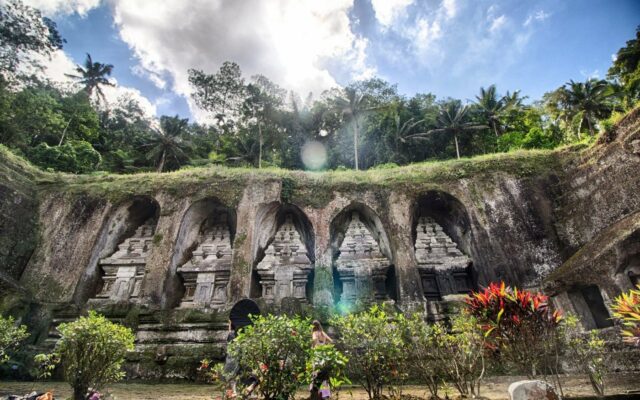
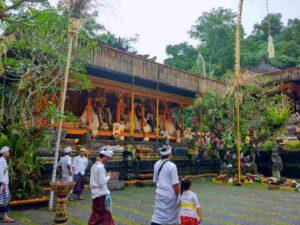
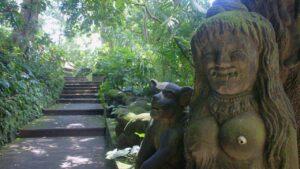
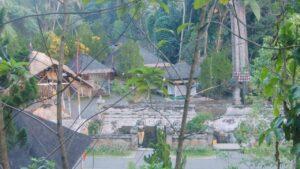
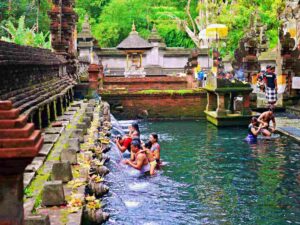


Entrance fee is not correct.
We paid on February 3 2019 50.000 IDR per adult
I hope you have enjoyed your visit as my last time here. Did you go with a guide?